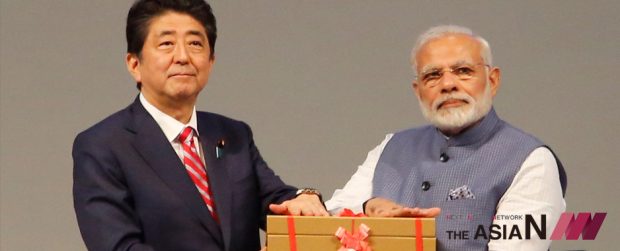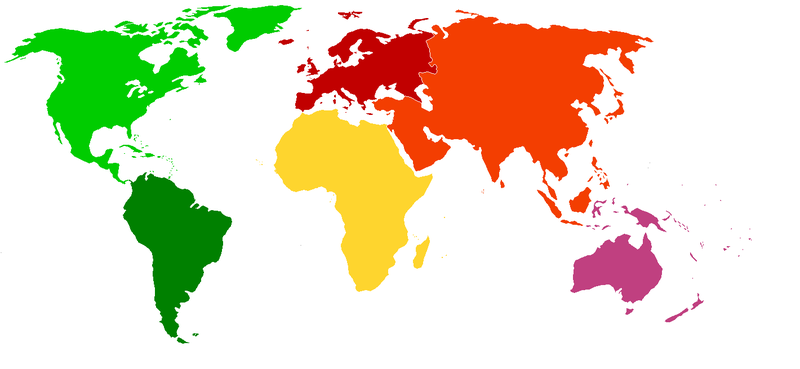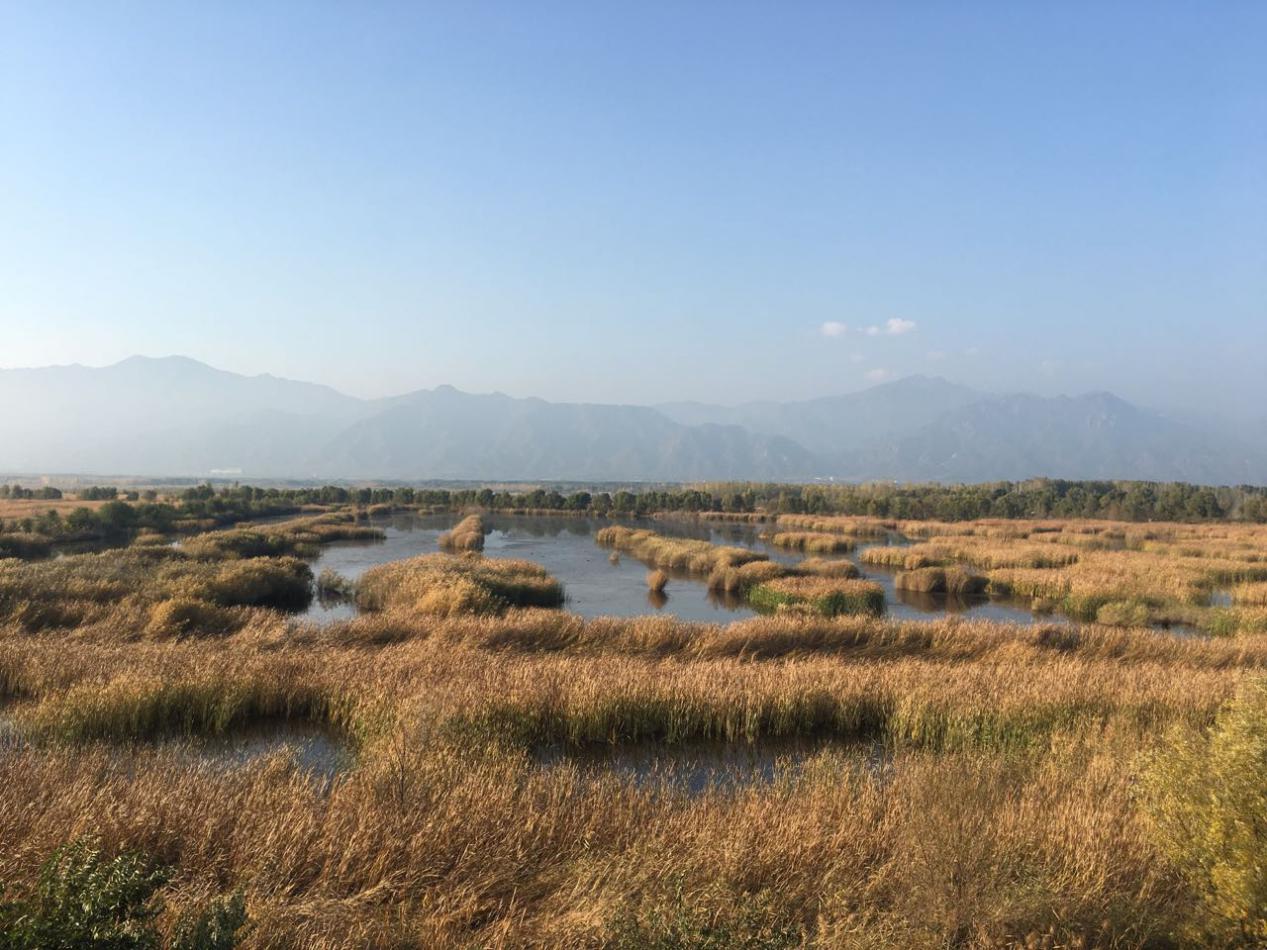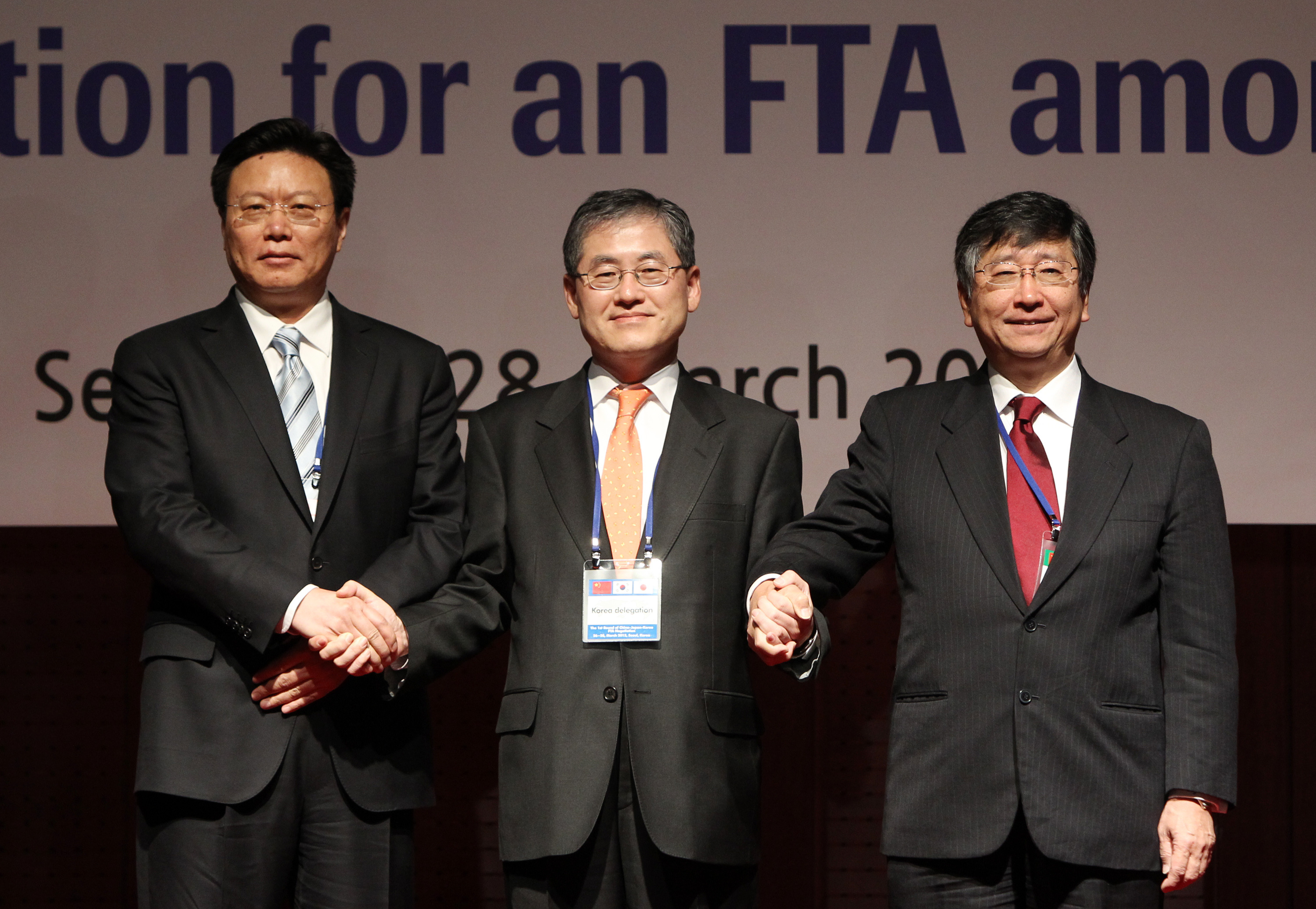
CHANGING GEOPOLITICS IN THE INDO-PACIFIC REGION

Within a span of less than hundred years, geo-politics is proving that alignments result from need and circumstance. The recent visit of Shinzo Abe, Prime Minister of Japan, to India fully reflects changing dynamics in what is now referred to as the Indo-Pacific region. A dynamic which could well influence positioning of global power.
The recent missile tests by North Korea under President Kim Jong-un’s orders have included threats to USA and missiles flying over Japan. One is an existing super power, and one a technological super power probably aspiring to be a coalition super power.
Then comes into play the South China Sea. China has been on an aggressive stance and the responses of Vietnam and the Philippines have changed the balances. While the Philippines did a flip-flop and “divorced” from the US to side with China (on the latter’s friendly advice), Vietnam along with India are in a tight situation. It was short-lived because Vietnam had to take heed of China’s stern warnings on oil explorations in what China considers is its own sea.
Meanwhile, the issue of the Malabar naval exercises in the Indian Ocean came up, a joint event conducted regularly by the USA and India, with Japan joining in 2015. China has not taken kindly to this powerful trilateral arrangement last conducted as recently as July 2017. Australia and Singapore remain non-permanent members of this huge exercise to combat Chinese navy submarines increasingly lurking in the Indian Ocean.
Now see all this in context of other historical and present pointers. Japan ruled over Korea for 35 years, leaving behind harsh memories. There was a complicated scenario of culminating events. Japan was defeated, Korea was divided, the Russians took over North Korea, the USA, South Korea. More was in store when North Korea later invaded South Korea. Various forces under the United Nations command almost captured North Korea. Then China stepped in and rolled back the UN forces. The demilitarised zone (DMZ) at 38th parallel remains the thin line of tension between the two Koreas.
The personal dynamics between Japan’s Shinzo Abe and Narendra Modi of India cannot be understated. If Shinzo wins the next elections, this partnership will only grow. While Trump himself is a President that the world laughs and mocks about, militarily the USA is not anywhere to be ignored and is on the same side as Japan and India on the North Korea issue.
No wonder there is churning within China. There are murmurs that open discussions are already being allowed because China is probably beginning to realise that the world has changed since the Great Revolution. There is even talk that a unified Korea would ultimately be economically great for China. The biggest threat for China today is a roll back on trade by USA and India. That would hit the Chinese economy in a big way. Which could be the reason why, in line with United Nations sanctions, China recently firmly announced limits on exports of petroleum products to North Korea and textile imports from the nation.
Meanwhile, Putin remains ambivalent. Russia voted in favour of sanctions during the UN Security Council meeting. On the other hand, Putin talks of a Russia-China roadmap for resolving North Korea issues and begs for calm even as he declares there could be a planetary catastrophe if North Korea is not reigned in.
In this bizarre game of politics, the coming together of US, Japan, India as a force in the Indo-Pacific region cannot be understated. It may well be a precursor to a completely new geo-political dynamic.









